Hot Chips 2021 Live Blog: Graphics (Intel, AMD, Google, Xilinx)
by Dr. Ian Cutress on August 24, 2021 5:20 PM EST- Posted in
- GPUs
- AMD
- Intel
- Edge
- Trade Shows
- Xilinx
- Live Blog
- 7nm
- Ponte Vecchio
- RDNA2
- Hot Chips 33
- VCU

05:28PM EDT - Welcome to Hot Chips! This is the annual conference all about the latest, greatest, and upcoming big silicon that gets us all excited. Stay tuned during Monday and Tuesday for our regular AnandTech Live Blogs.
05:31PM EDT - Stream is starting! We have Intel, AMD, Google, Xilinx
05:32PM EDT - One of the most complex projects at Intel
05:33PM EDT - Aiming for 500x over Intel's previous best GPU
05:33PM EDT - Scale is very important
05:33PM EDT - Four variants of Xe
05:34PM EDT - Exascale market needs scale
05:34PM EDT - broad set of datatypes
05:34PM EDT - Xe-Core
05:34PM EDT - No longer EUs - Xe Cores now
05:35PM EDT - Each core in HPC has 8x 512-bit vectors, 8x4096-bit matrix engines, 8-deep systloic array
05:35PM EDT - Large 512 KB L1 cache per Xe Core
05:35PM EDT - Software configurable scratch pad shared memory
05:36PM EDT - 8192 x INT8 per Xe-Core
05:36PM EDT - One slice has 16 Xe Cores, 16 RT units, 1 hardware context
05:36PM EDT - ProVis and content creation
05:37PM EDT - Stack is four Slices
05:37PM EDT - 64 Xe Cores, 64 RT Units, 4 hardware contextsd, L2 cache, 4 HBM2e controllers
05:37PM EDT - 8 Xe Links
05:37PM EDT - Support 2 stacks
05:38PM EDT - connected directly through packaging
05:38PM EDT - GPU to GPU communication
05:38PM EDT - 8 fully connected GPUs through embedded switch
05:38PM EDT - not for CPU-to-GPU
05:39PM EDT - 8 GPUs in OAM
05:39PM EDT - OCP Accelerator Module
05:39PM EDT - 1 million INT8/clock in one system
05:40PM EDT - Advanced packaging
05:41PM EDT - Lots of new stuff
05:41PM EDT - EMIB + Foveros
05:41PM EDT - 5 different process nodes
05:42PM EDT - MDFI interconnect traffic
05:42PM EDT - lots of challenges
05:42PM EDT - Learned a lot
05:43PM EDT - Floorplan locked very early
05:43PM EDT - Run Foveros at 1.5x frequency initially thought to minimize foveros connections
05:43PM EDT - booted a few days after first silicon back
05:44PM EDT - Order of magnitude more Foveros connections than other previous designs
05:44PM EDT - Compute tiles built on TSMC N5
05:45PM EDT - 640mm2 per base tile, built on Intel 7
05:46PM EDT - Xe Link Tile built in less than a year
05:47PM EDT - OneAPI support
05:47PM EDT - 45 TFLOPs of sustained perf
05:48PM EDT - Customers early next year
05:48PM EDT - Q&A
05:50PM EDT - Q: PV of 45TF FP32 compute - 45 TF of FP64? A: Yes
05:51PM EDT - Q: More insights into hardware context - is 8x PV monolithic or 800 instances? A: Looks like a single logical device, independent applications can run in isolation in context level
05:53PM EDT - Q: Does Xe Link support CXL, if so, which revision? A: nothing to do with CXL
05:54PM EDT - Q: Does the GPU connect to CPU by PCIe or CXL? A: PCIe
05:54PM EDT - Q: Xe Link bandwidth? A: 90G serdes
05:55PM EDT - Q: Peak power/TDP? A: Not disclosing - no product specific numbers
05:55PM EDT - Next talk up is AMD - RDNA2
05:57PM EDT - CDNA for compute vs RDNA for gaming
05:57PM EDT - Both are focused on compute for each direction
05:58PM EDT - Flexible and adaptable design
05:58PM EDT - 18 months after first RDNA product
05:59PM EDT - 128 MB of Infinity cache
05:59PM EDT - enhance frequency
05:59PM EDT - RDNA unshackled the design from certain underpinnings of GCN
05:59PM EDT - Perf/W is key metric
05:59PM EDT - minimize wasted power
06:00PM EDT - DX12 Ultimate support, support for DirectStorage
06:00PM EDT - Next gen consoles helped with development of featureset
06:01PM EDT - +30% Freq at iso-power, or under half power for isofrequency
06:02PM EDT - All done without change in process node
06:03PM EDT - RX5000 - RDNA1 - high bandwidth but low hit rates
06:04PM EDT - Trying to avoid GDDR use to reduce power - so increase caches!
06:04PM EDT - GPU cache hit rates
06:04PM EDT - graphics used to be one-pass compute
06:05PM EDT - Big L3 caches
06:07PM EDT - lower energy per bit - only 1.3 pJ/bit on cache vs 7-8 pJ/bit for GDDR6
06:08PM EDT - Average memory latency on RX6800 is 34% lower than RX5700
06:10PM EDT - Ray tracing in RDNA2
06:10PM EDT - Variable Rate Shading
06:10PM EDT - Sampler Feedback
06:10PM EDT - Mesh Shaders
06:11PM EDT - RT aimed to be effficient without adding overhead
06:12PM EDT - tightly integrated into the shader architecture
06:12PM EDT - Streamlined implementation
06:13PM EDT - VRS uses fine grained rate selection per 8x8 pixels
06:13PM EDT - VRS up to 2x2 in an 8x8 grid
06:16PM EDT - Q&A
06:19PM EDT - Q: Why Infinity Cache vs Stacked V-Cache A: Not discussing, were only evaluating on-die cache
06:22PM EDT - Q: TDP % as CUs vs other? A: High workload, most power in CUs - exact breakdown is based on workload - CUs are largest, can exceed 50%, 2nd is GPU common blocks, 3rd DRAM interface. Infinity cache changes 2nd/3rd position. 4th is Infinity Cache
06:23PM EDT - Q: SteamDeck Van Gogh? A: No comment
06:29PM EDT - Google VCU talk
06:30PM EDT - video is >60% of global internet traffic
06:30PM EDT - need better algorithms
06:30PM EDT - Video is getting hardware to compress
06:31PM EDT - AV1 is 200x more time consuming to encode in software vs H.264
06:31PM EDT - Pixels/second has increased 8000x since H.264
06:32PM EDT - most consumer hardware is optimized for cost, not performance or efficiency
06:32PM EDT - Could not find everything in off the shelf offering
06:32PM EDT - Encode 10s of versions with one input
06:33PM EDT - Need full access to configuration tools
06:34PM EDT - Dedicated VP9 encode and decode
06:36PM EDT - enabling sw/hw codesign
06:38PM EDT - With HLS, allowed them to test lots of architecture variations for features and performance
06:39PM EDT - Accelerators need to scale to warehouse scale computing
06:40PM EDT - tolerate errors at chip and core level errors - reliability is a higher level function
06:40PM EDT - Need to support 48 encodes per decode (MOT)
06:40PM EDT - Upload one video, encode multiple versions
06:41PM EDT - chip level cache was ineffective
06:41PM EDT - core counts to support large MOTs
06:41PM EDT - LPDDR4 for bandwidth per byte
06:41PM EDT - on chip memories use ECC
06:42PM EDT - conservative NOC design
06:43PM EDT - A single decoded frame can be used multiple times - one decode for multiple encodes
06:43PM EDT - parallel queues for high utilization
06:44PM EDT - 2 ASICs per board bifurcated, 5 boards per chassis, 2 chassis per host
06:44PM EDT - As many machines per rack as space and power allow
06:44PM EDT - Performance vs dual socket Skylake
06:44PM EDT - 100x VP9 vs H.264
06:45PM EDT - one 20 VCU machine replaces racks of CPUs
06:46PM EDT - Post-deployment improved quality
06:47PM EDT - Q&A time
06:49PM EDT - Q: Can VCU be in tandem with ASIC? A: Not possible, no intermediate tap in/tap out. Tightly coupled design
06:50PM EDT - Q: What is the PCIe card profile - lanes/TDP? A: In house bifurcation format, otherwise FHFL dual-slot, post silicon under 100W
06:50PM EDT - Q: VCU enable by GCP? A: Always looking for unique GCP, but no announcements.
06:52PM EDT - Q: Q: Can HLS draw parity with RTL? A: Yes
06:54PM EDT - Q: SECDED ECC caches? A: where possible SECDED, some SRAMs in codec encoder only does detection - if error does occur, we can reset the job
06:54PM EDT - Q: 8K60 - Can a single VCU do that? A: Throughput, yes. But no VP9 profile.
06:55PM EDT - Q: Other codecs? A: No comment of future formats. Heavily involved in AV1 next gen AV2
06:55PM EDT - Q; Audio streams? A: Stream is broken between video/audio, could be broken up and processed elsewhere. VCU doesn't touch audio
06:58PM EDT - Final talk is Xilinx
06:59PM EDT - Xilinx Versal AI Edge
06:59PM EDT - 7nm
06:59PM EDT - AIE-ML architecture optimized for inference
07:00PM EDT - What is ML used for
07:00PM EDT - All applications require lots of AI at low latency and low power
07:02PM EDT - low end and high end device highlighted today
07:03PM EDT - 10s of ML tiles to 100s of Tiles
07:04PM EDT - lots of form factors for interece
07:05PM EDT - Details on the Architecture
07:05PM EDT - memory tiles, optimized compute core
07:06PM EDT - Native support for INT4 and BF16
07:07PM EDT - SRAM is ECC protected
07:07PM EDT - Memory tile amount depends on device - mid-range is about 38 megabytes of memory tiles
07:10PM EDT - New ML focused tile on these mid-range products
07:10PM EDT - high end still uses AIE because 5G needs it
07:10PM EDT - VLIW vector processor
07:10PM EDT - non-blocking interconnect
07:10PM EDT - micro-DMA
07:15PM EDT - device level data movement
07:15PM EDT - Tiles can read direct from DDR, no need intermediate levels
07:16PM EDT - DDR supports live compression
07:20PM EDT - memory is distributed, no data replication, no cache misses
07:23PM EDT - COming soon to the software stack
07:23PM EDT - Don't need to program at C++ - pytorch, Tensorflow, Caffe, tvm
07:24PM EDT - use cases
07:25PM EDT - How to use a full Versal AI Edge processor for a single use
07:31PM EDT - That's a wrap


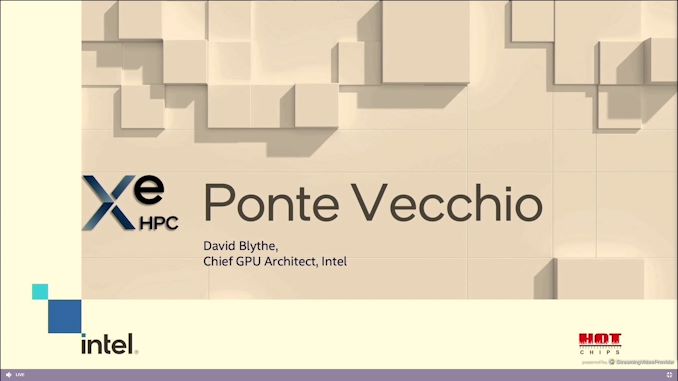
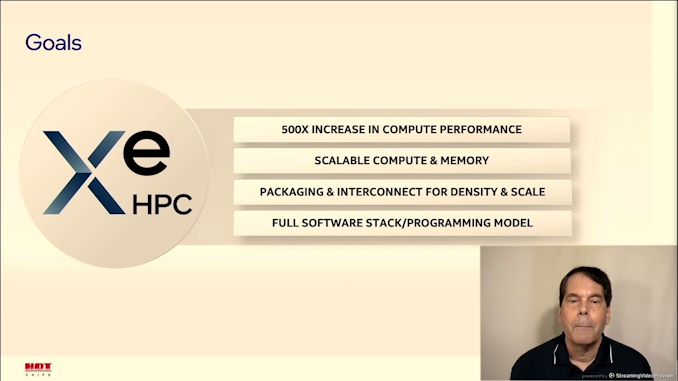
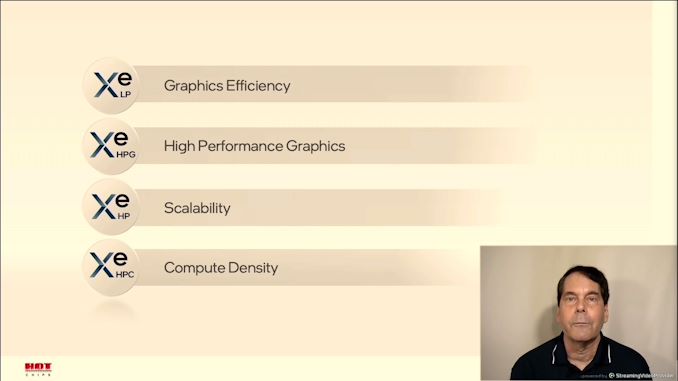
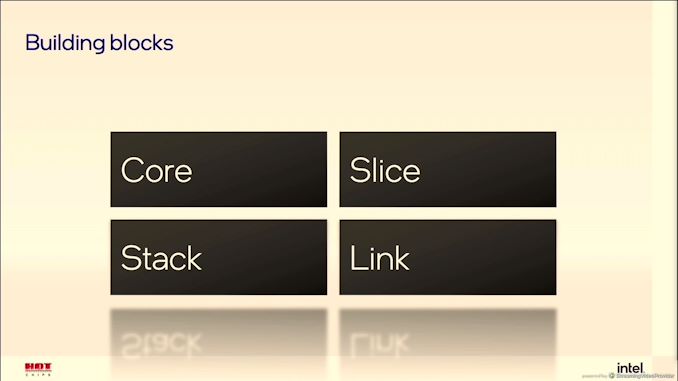
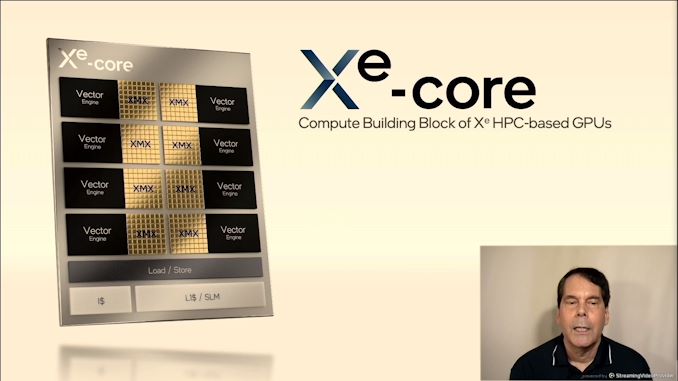

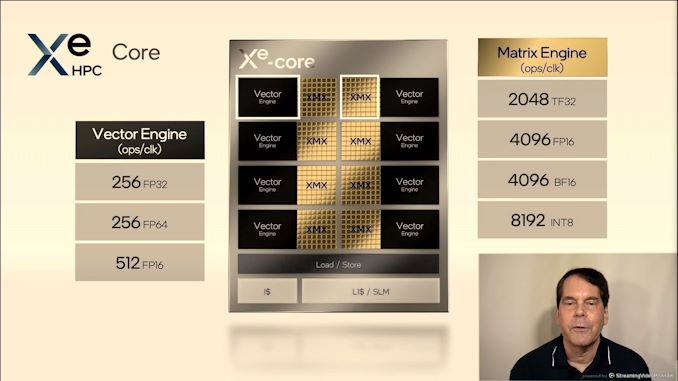

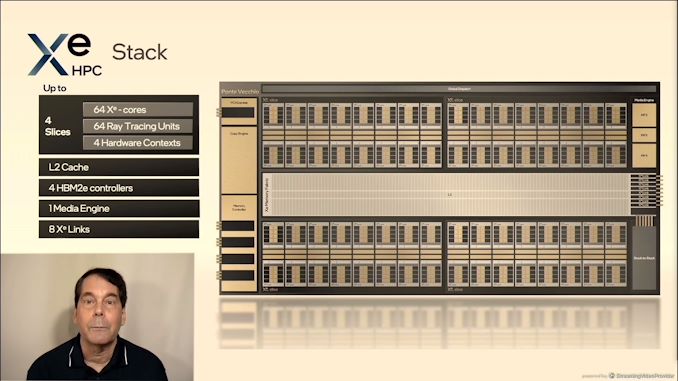
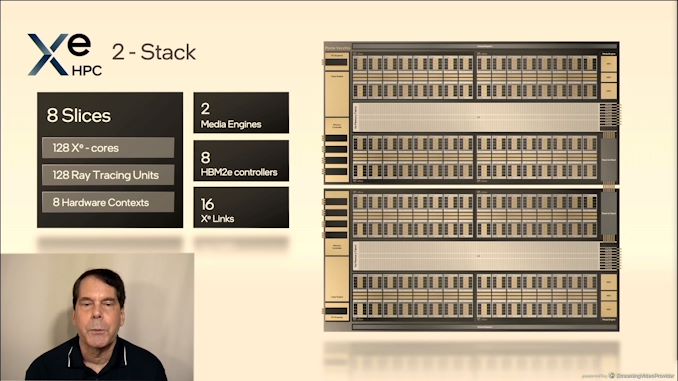
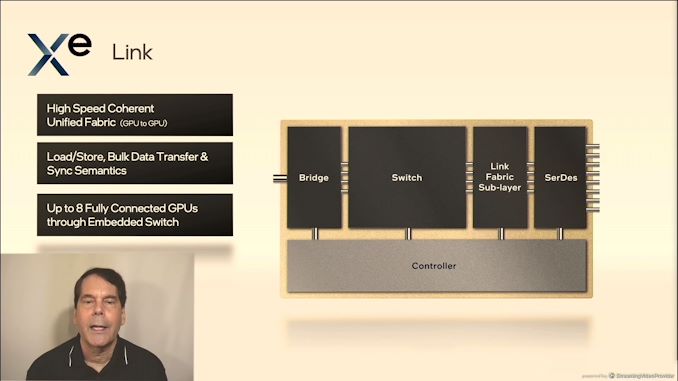
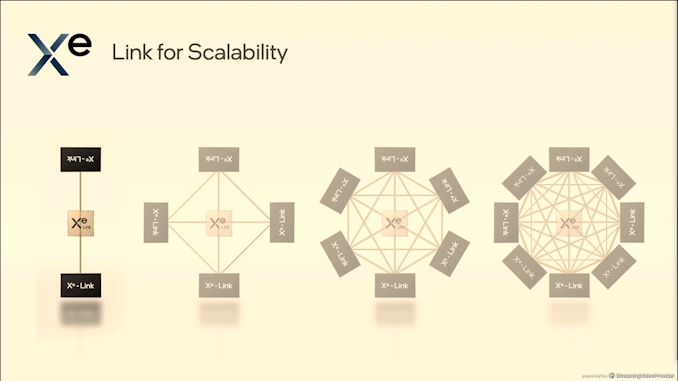
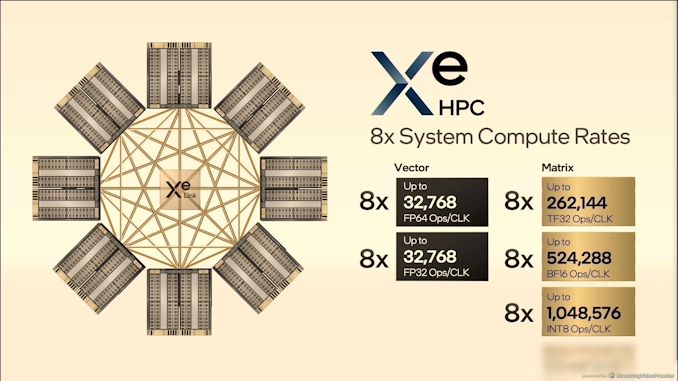
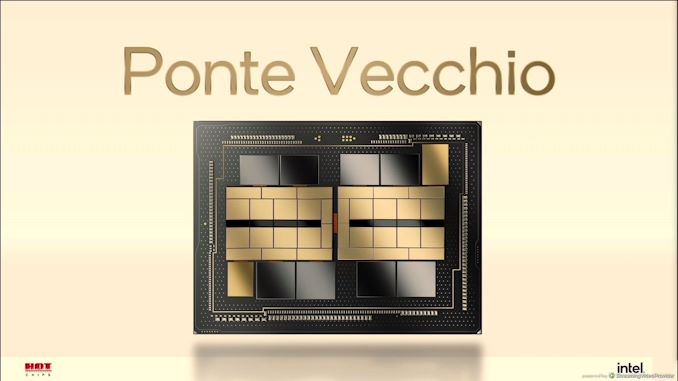
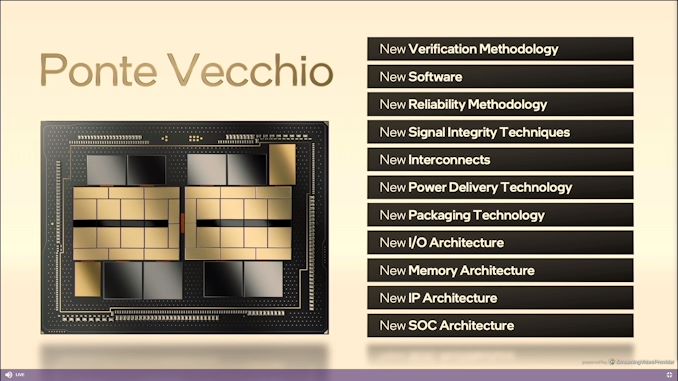
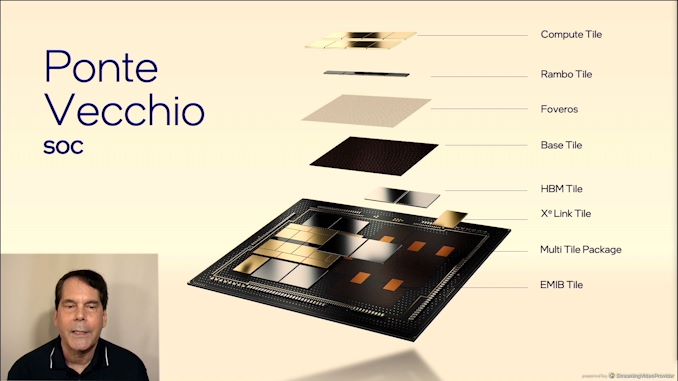
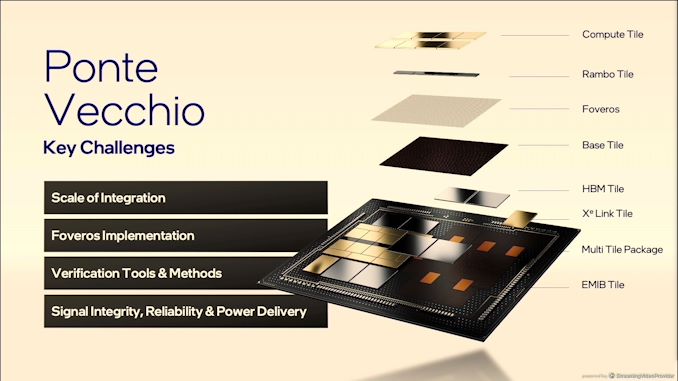
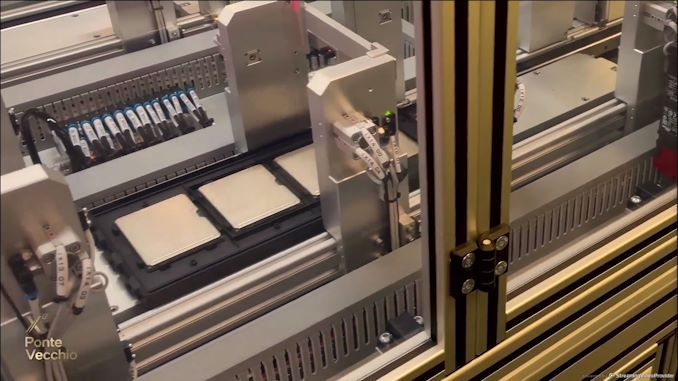

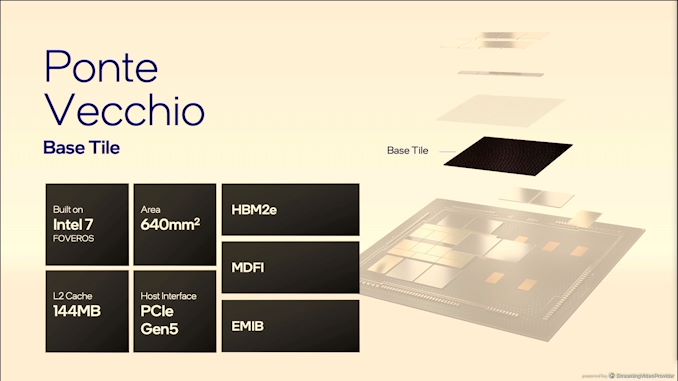
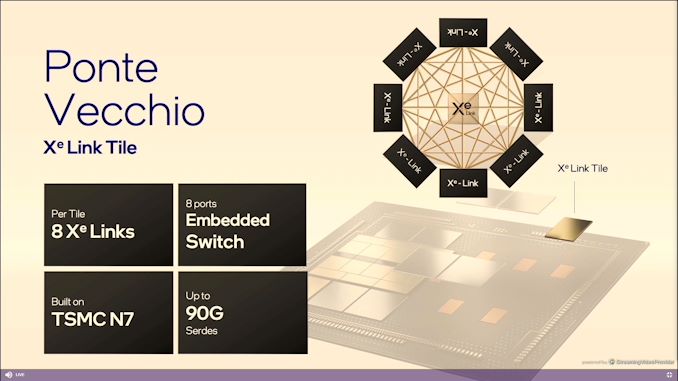
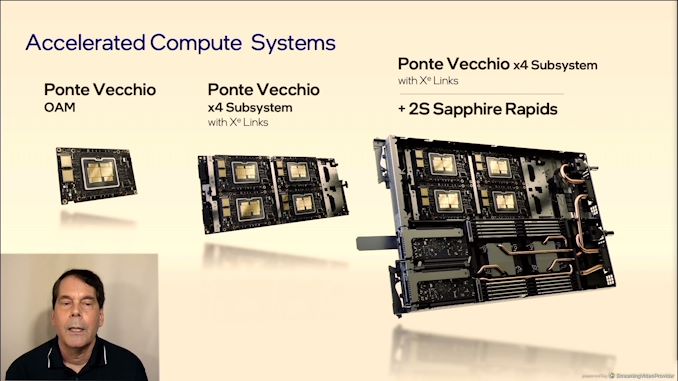
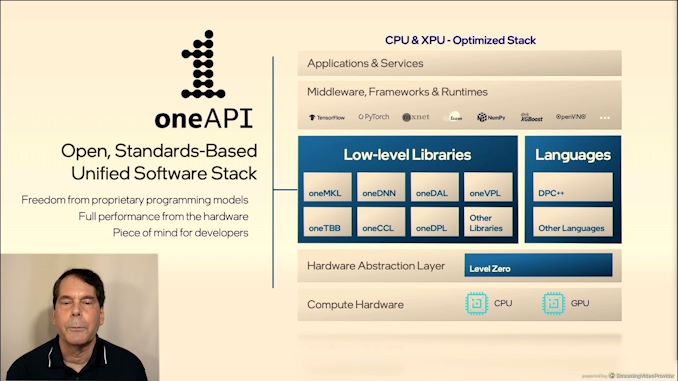


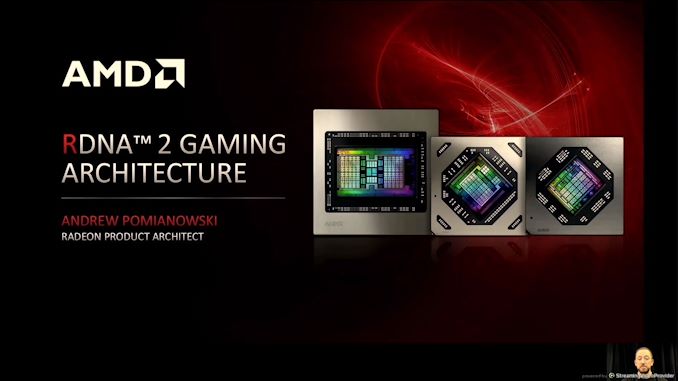
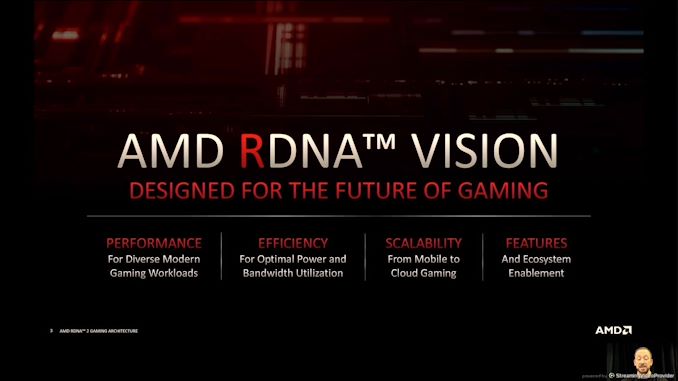
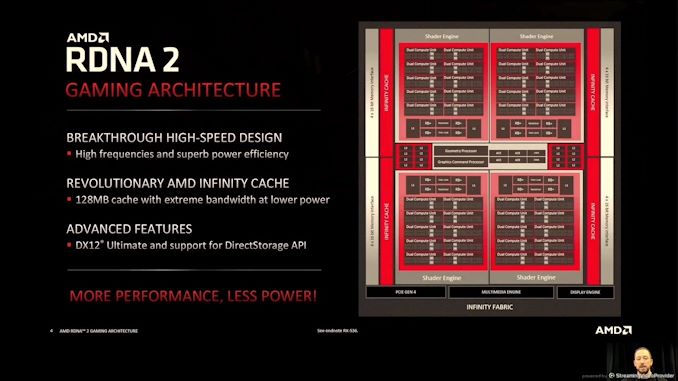
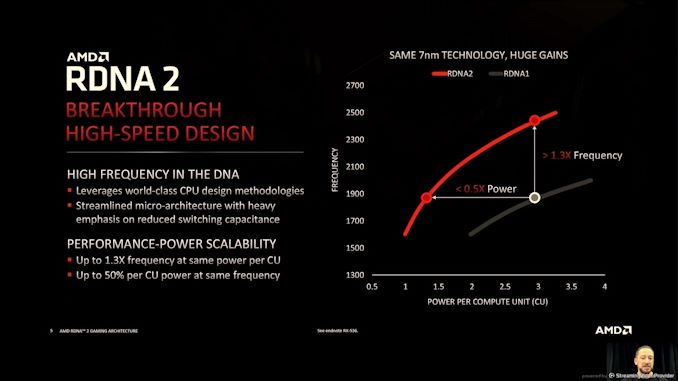

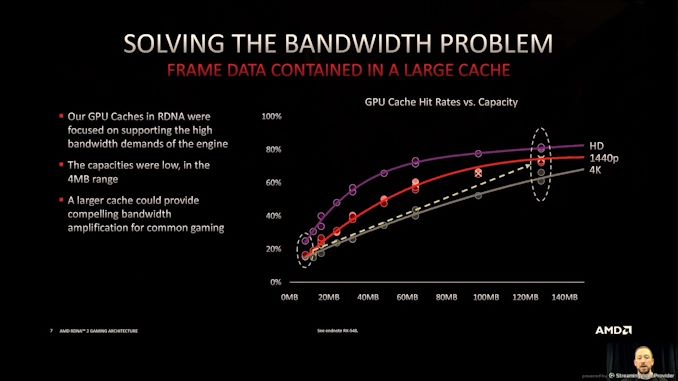
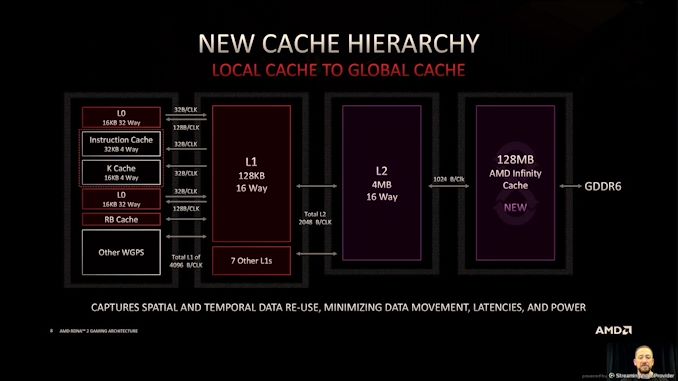
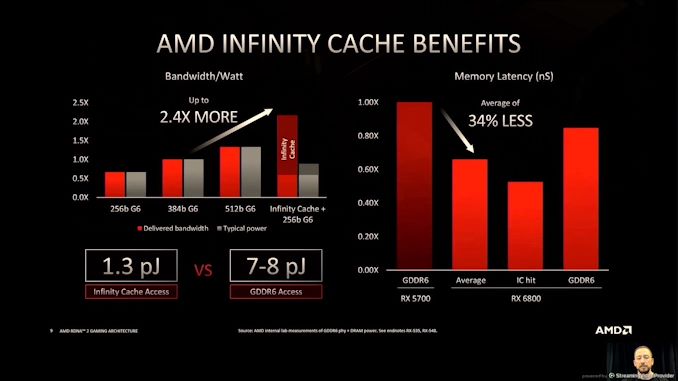
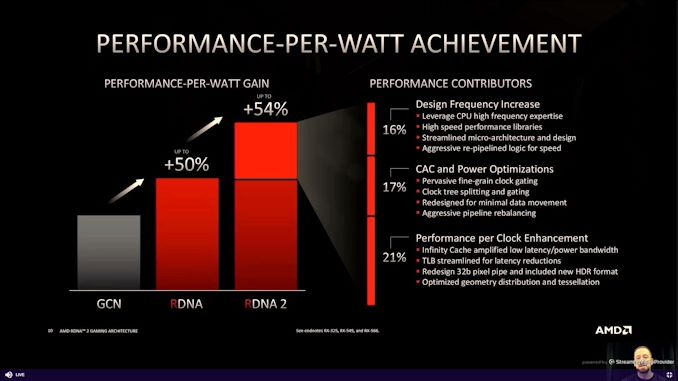

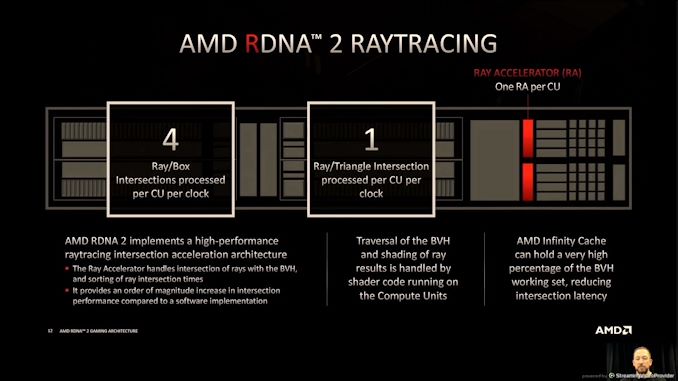
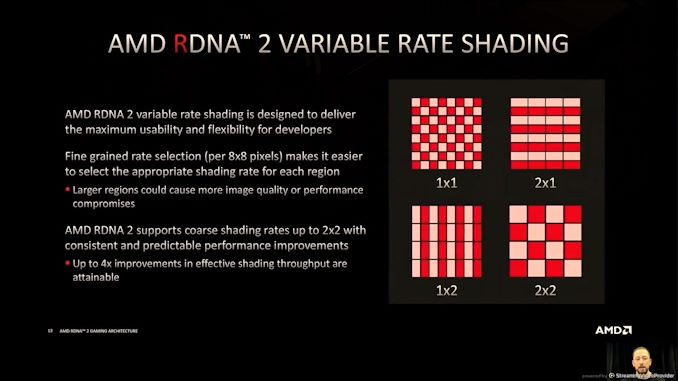
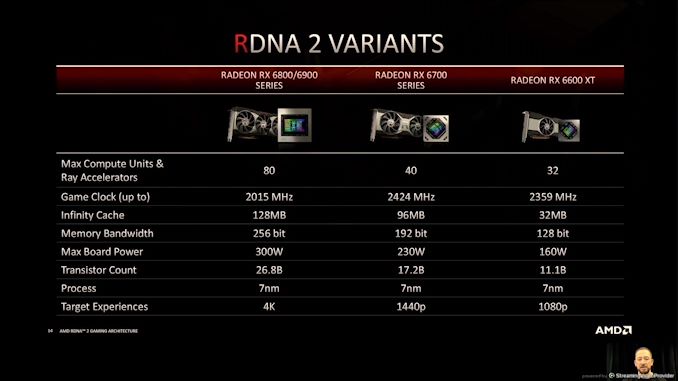
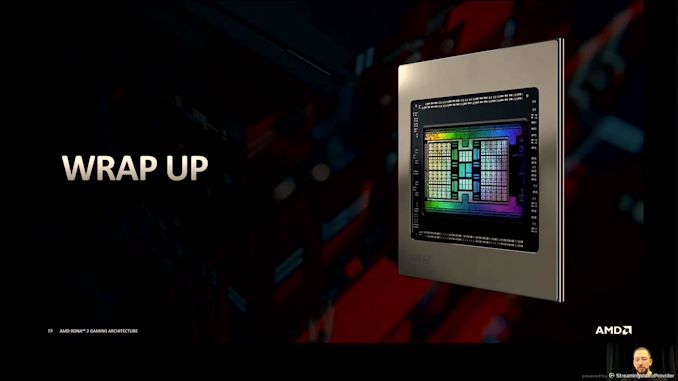
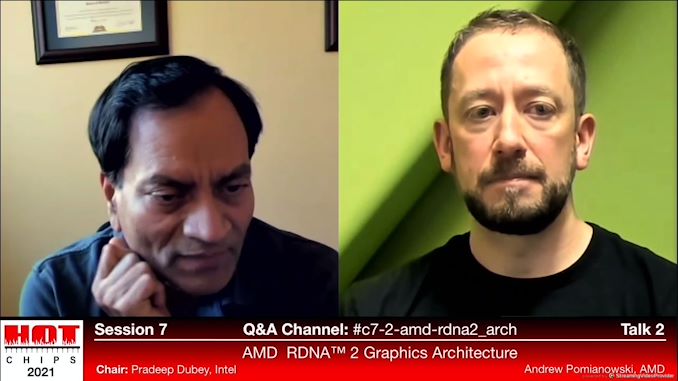

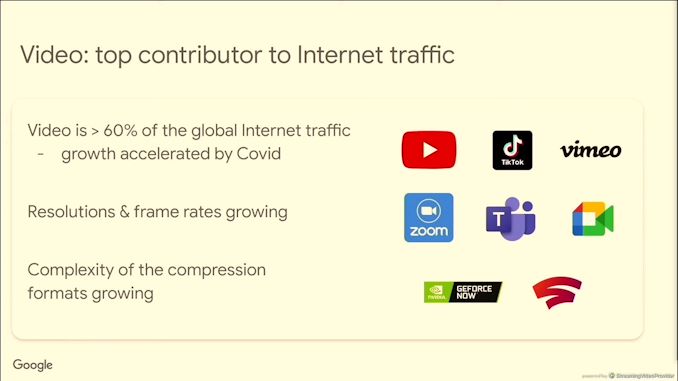

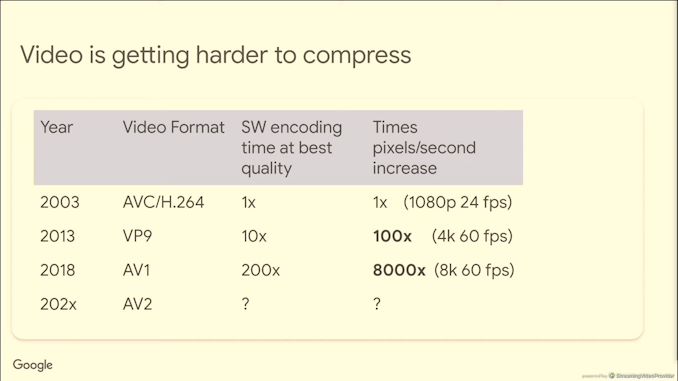
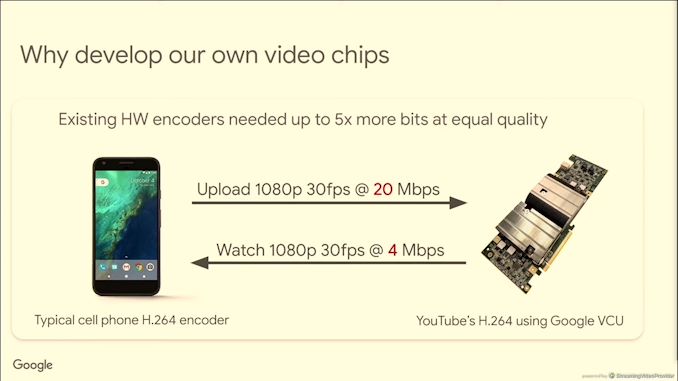
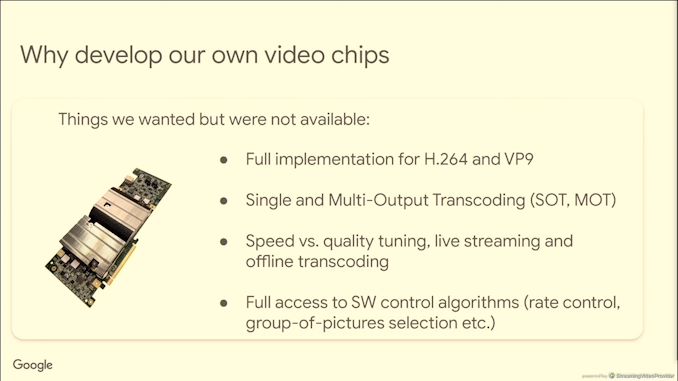
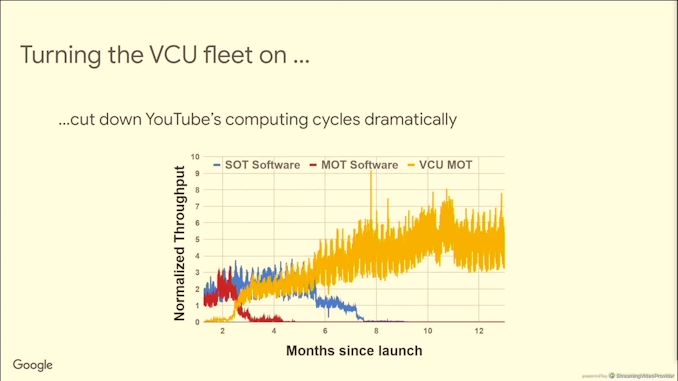
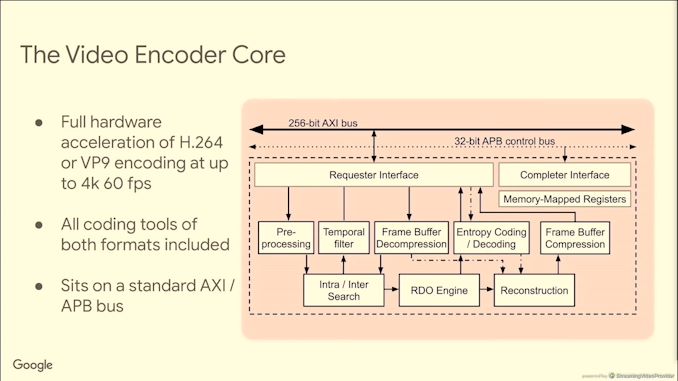
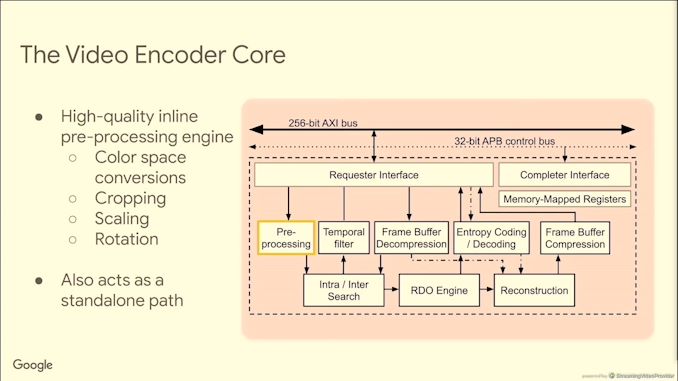
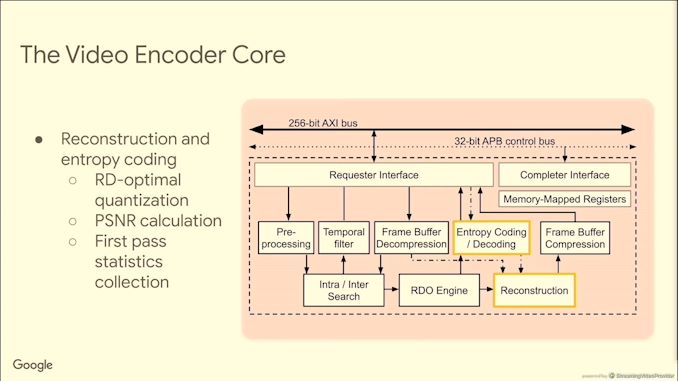
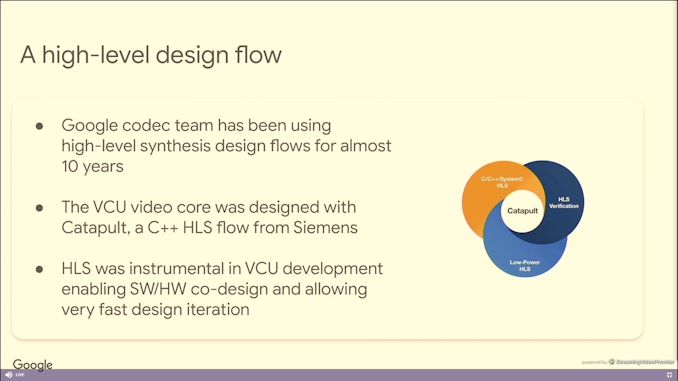
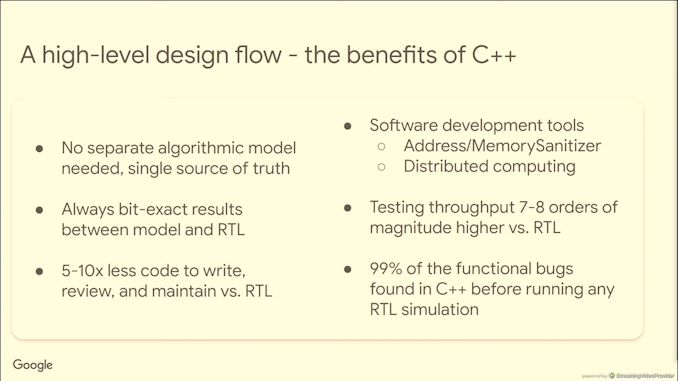
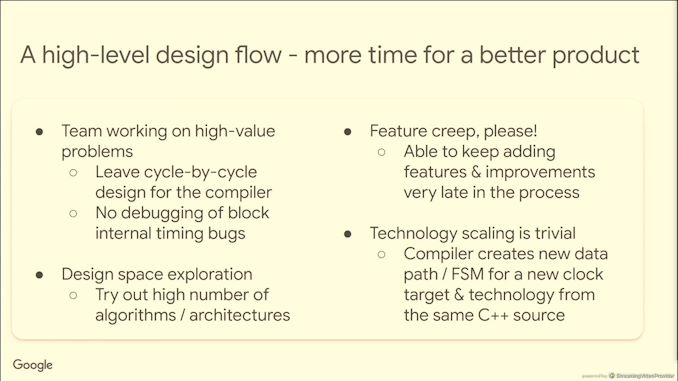
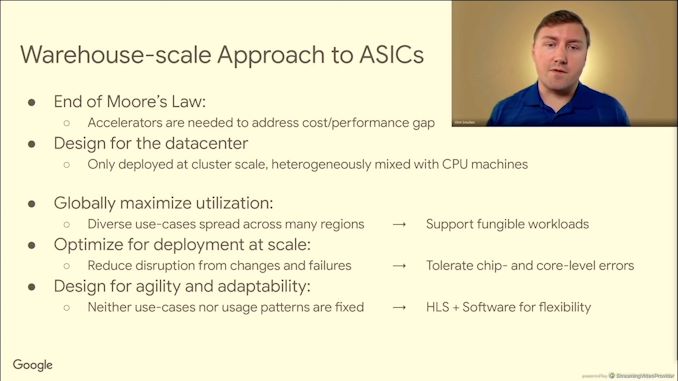
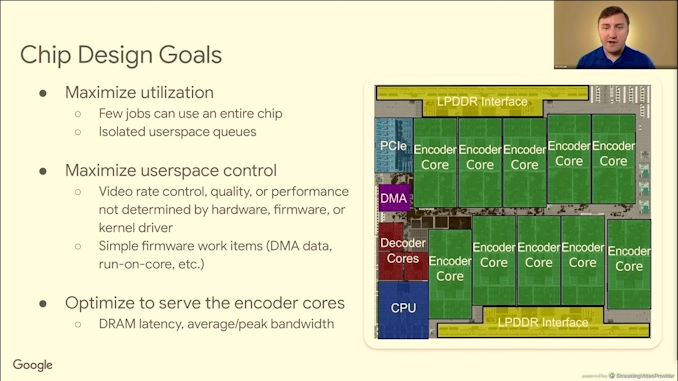
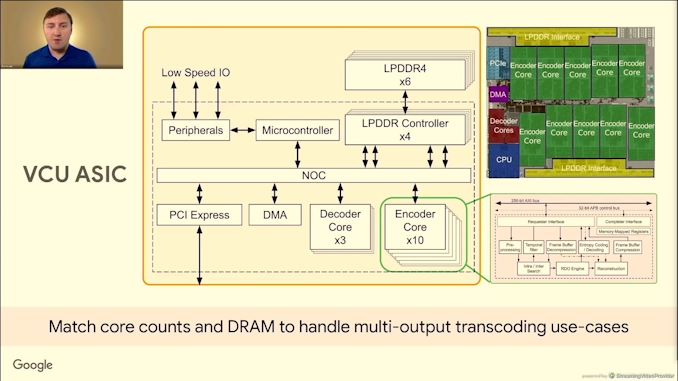
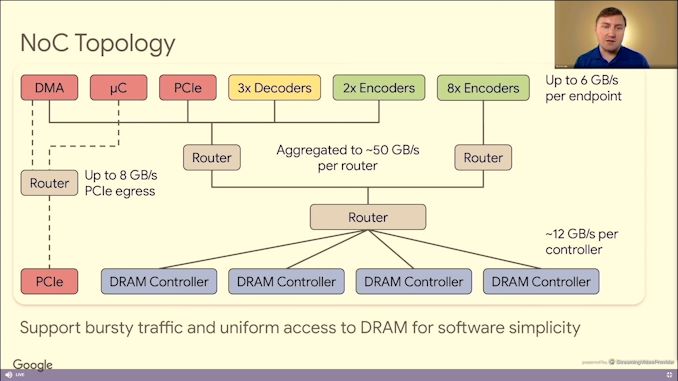

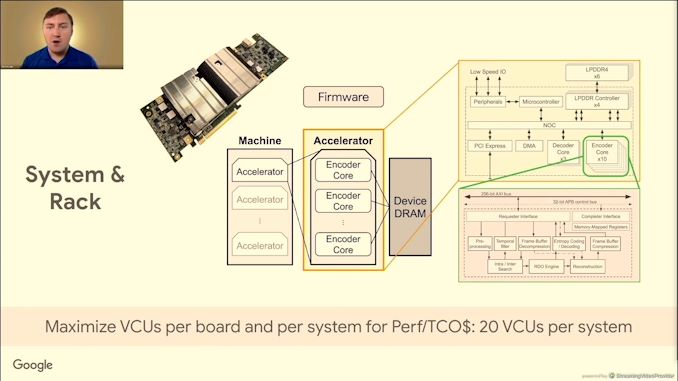

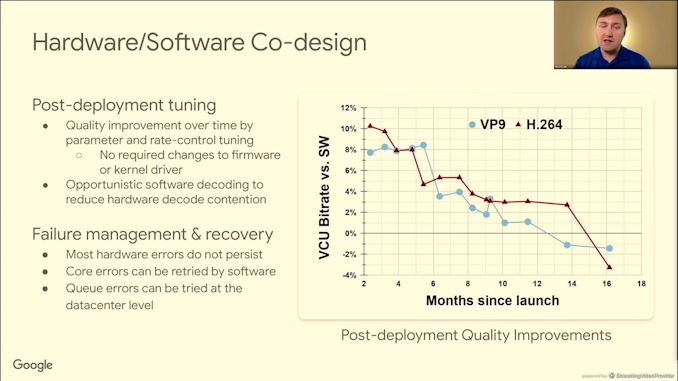
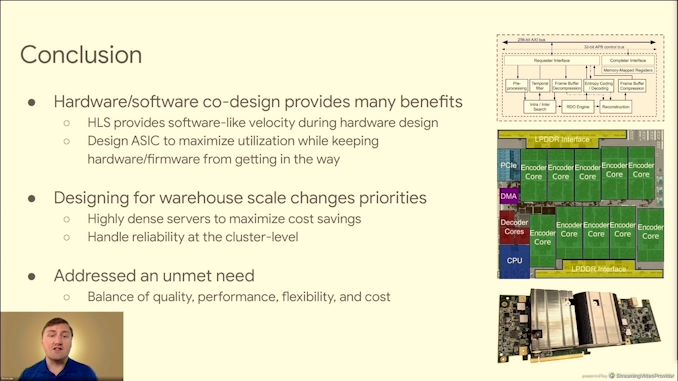
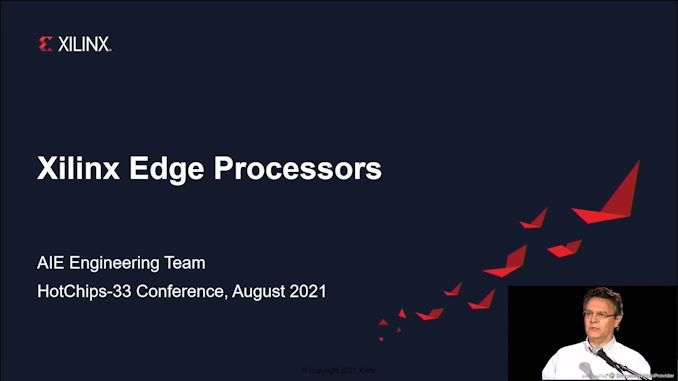
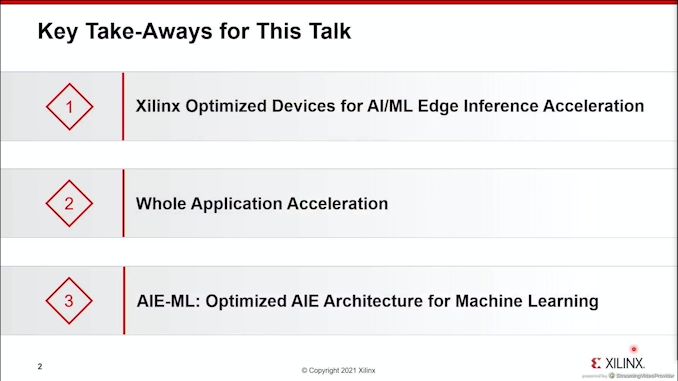
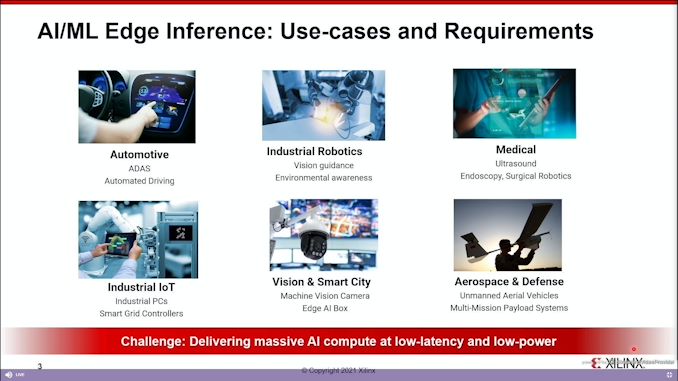
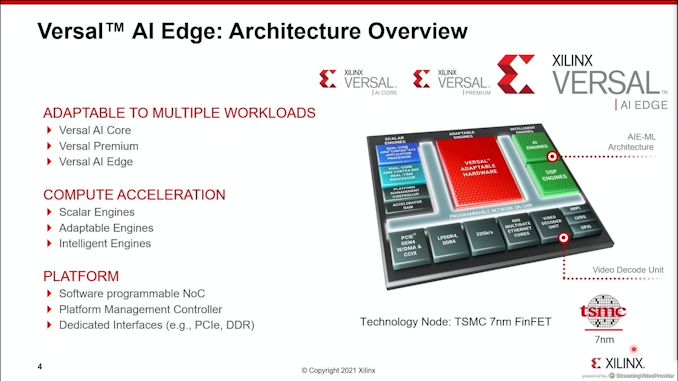

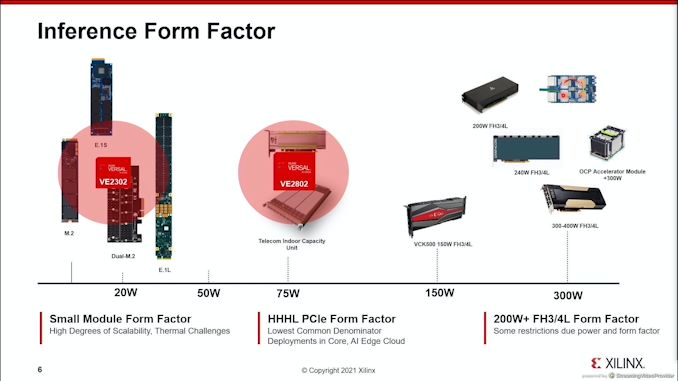

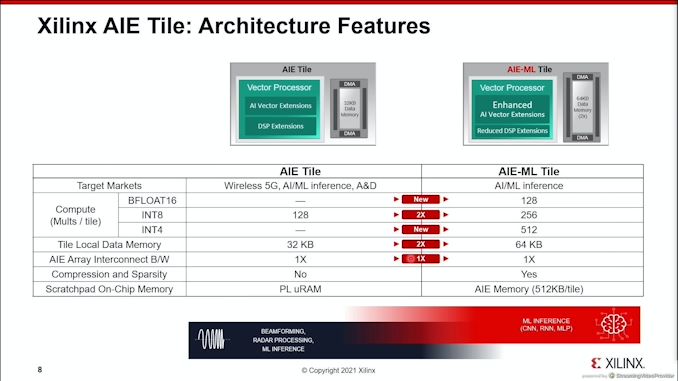

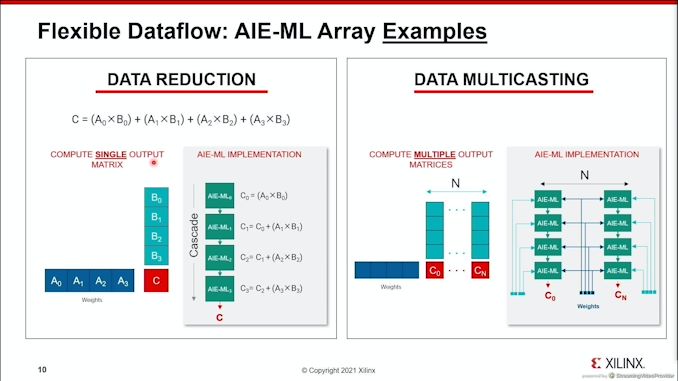
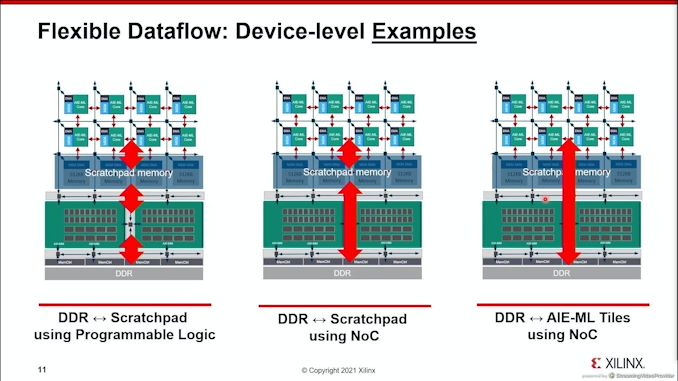
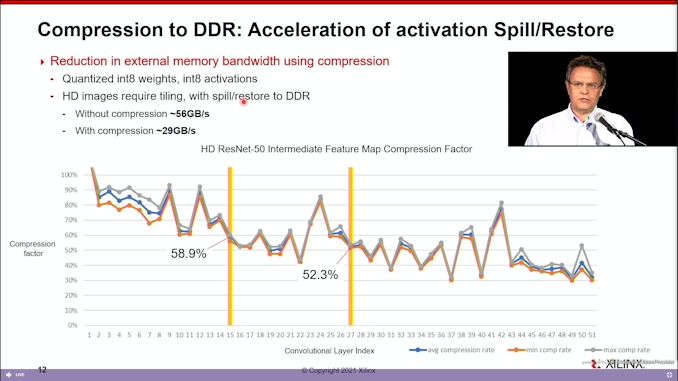
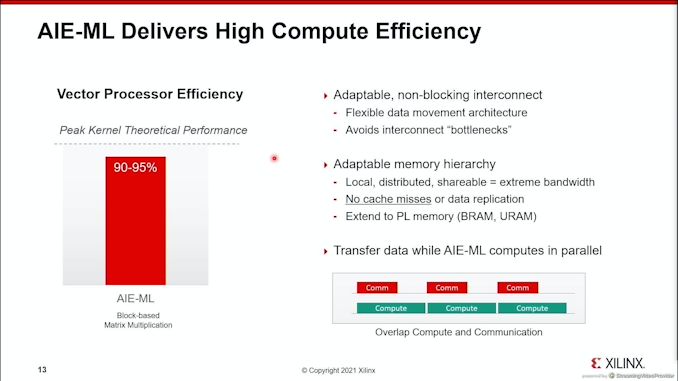
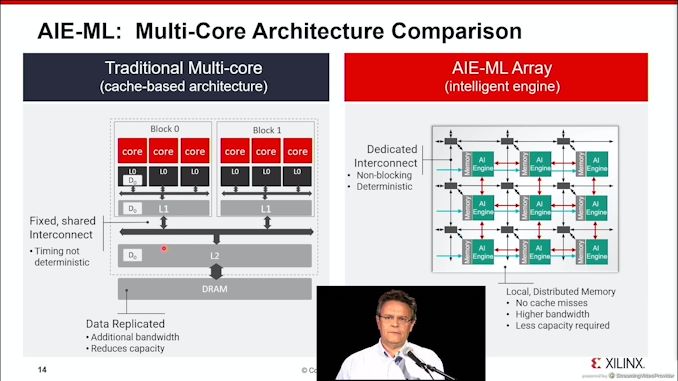
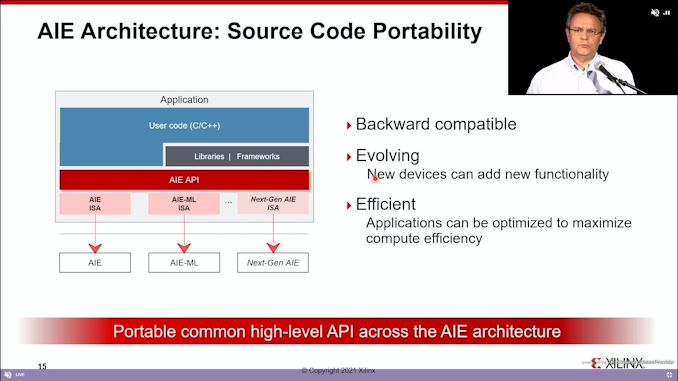


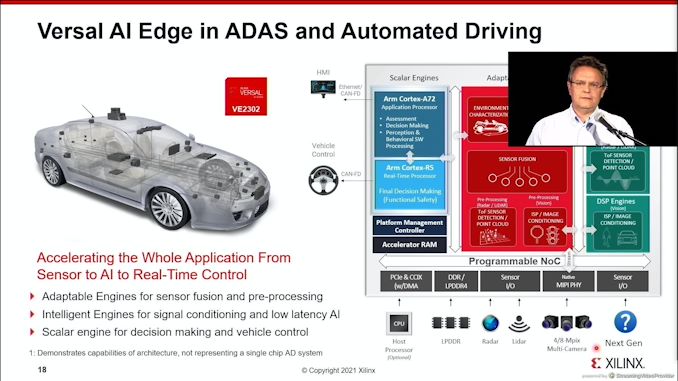
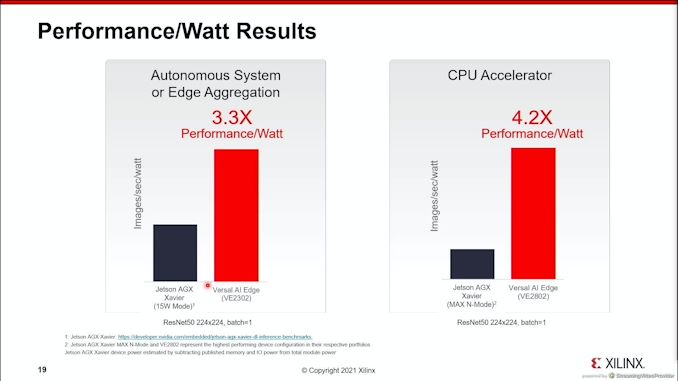
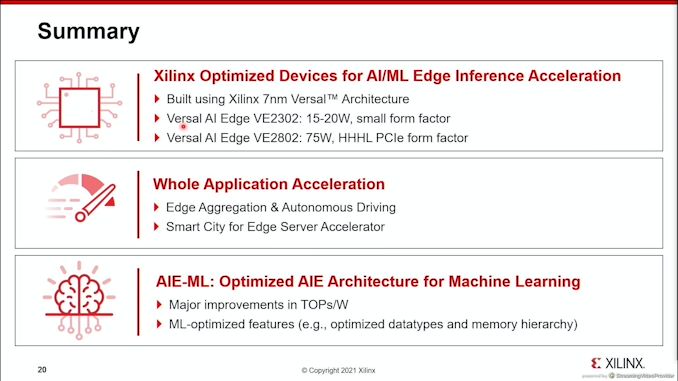








12 Comments
View All Comments
dwillmore - Tuesday, August 24, 2021 - link
500x their best GPU? So, the i740? Hasn't everything since then been an IGP?jeremyshaw - Tuesday, August 24, 2021 - link
There is DG1, which exists (mostly for OEMs). Based on a comment from Ian in a past article on the DG1, it is different silicon, and not merely a harvested Tiger Lake SoC (which I thought it could be).So Intel does technically have one new bit of GPU silicon out there.
Gondalf - Wednesday, August 25, 2021 - link
So in HPC Intel is right now on 5nm TSMC for compute tiles.Better than competition. No surprise the performance is very high !! they are one or two years ahead Nvidia and Amd. The latter Companies have to adopt the Intel strategy, because actual one is a loser, hardly we will see a big GPU on 5nm only before two years from now. Intel will go fast on 3nm compute tiles in this timeframe.
Too bad only Intel have some package techniques at a reasonable price.
Targon - Wednesday, August 25, 2021 - link
You actually believe anything that Intel claims about performance of new products? Intel has continually lied about performance uplift of products for the past five years now. yea, Intel 10nm was on track in Q4 of 2015, people believed that. Intel claimed that Rocket Lake was supposed to be a 19% IPC improvement over Comet Lake(10th gen), but testing showed it was a 9% average IPC improvement, but true real-world testing showed that Rocket Lake wasn't really any faster. It goes on and on, Intel making claims about improvements that true third party testing shows is either overstated, or just nonsense.Then, Intel was talking about how it's 10nm(now called Intel 7) and people claiming it is on par with TSMC 7nm...so why would Alder Lake Big.little take more power than the Ryzen 5950x?
Don't believe ANYTHING about Intel products until independent testing shows what is really going on. Even if Intel "launches" Alder Lake in November, it may not have availability until February...because Intel continually lies to try to keep its stock from crashing.
Qasar - Wednesday, August 25, 2021 - link
Targon, ignore gondaft, he loves intel to no end, and constantly shills for them. makes claims, and doesnt back it with with anything. just ignore him.CSMR - Wednesday, August 25, 2021 - link
Why discuss developing hardware for h264 and VP9 encoding? They are obsolete. Should focus on HEVC or present/future standards that are at least as good.eastcoast_pete - Wednesday, August 25, 2021 - link
Google and other streamers won't touch HEVC due to the messy IP situation around h.265; VP9 is reasonably close in compression efficiency, supported by pretty much any SoC currently used in mobile devices and/or GPUs. AV1 adoption is still hampered by lack of hardware-supported decoding, but AV1 is probably next on their (Google's) list.ifThenError - Thursday, August 26, 2021 - link
Too bad this piece of encoding hardware is likely never gonna be available to the average user. With the very realisticly despribed increase in encoding complexity, high efficiency compression is more and more about to turn into pro only field.Even a radically stripped down version with just one of these encoding blocks would possibly benefit many users. Just think of all the phone videos taken all the time, which could be compressed to something around half the size. Not even considering AV1 I mean.
LuxZg - Thursday, August 26, 2021 - link
Don't forget that most GPUs including Intel integrated ones have video encoding hardware. Sure, not as advanced, but it's for consumers after all. We can expect all new GPUs will come with VP1 in next gen. Likewise, a lot of dedicated video & image processing is embedded in mobile SoCs, so they too will eventually get there. I cheer for AV1 due to promise of less licensing issues, so we can hope for it in a year or twoifThenError - Friday, August 27, 2021 - link
You can't compare the current built-in IPs with this. The encoding blocks from Nvidia seem to perform best, and even these only reach the compression efficiency of previous gen software encoding. Everything else is only good for low quality, low resolution live streaming. Nothing you could consider efficient compression.There are FPGA based solutions like https://www.fpganic.com/applications/video-transco... , but again these are not available to consumers, and would probably cost an arm and a leg.
So as it stands, high efficiency compression on current codecs is possible in software, but dead slow. Compression on future codecs will most likely be impossible for consumers. We can only hope that at some point google or some other company will release such a hardware in a cut down version.